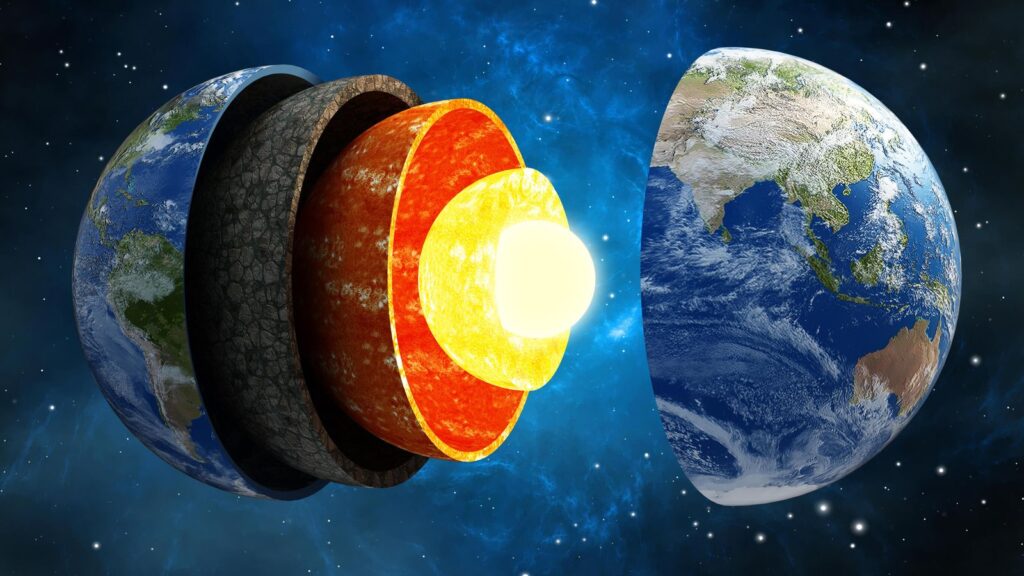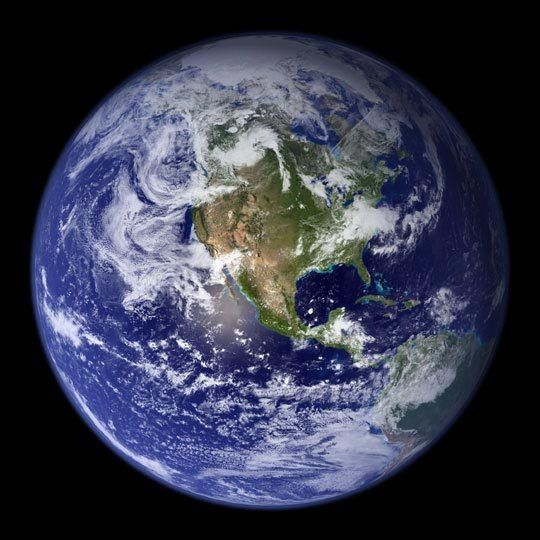The Earth, the third planet from the Sun and the only known planet home to living organisms, is 4.54 billion years old. The Earth’s structure is made of four main layers: the crust, the mantle, the outer core, and the inner core. The outer core is mostly composed of liquid iron and nickel, and the inner core is predominantly solid iron with other sparsely dispersed elements. This solid inner core lies approximately 1,802 miles beneath the Earth’s surface and has a radius that spans roughly 2,165 miles. It sits at the center of the Earth, isolated from the mantle by the aqueous outer core, which gives it the ability to rotate differently from the rest of the Earth.


Earth’s core is massive relative to the size of some other astronomical objects. For example, this core is about the size of Mars itself. It also constitutes about a third of Earth’s total mass. Researchers at Peking University have been studying earthquakes that have gone through similar paths since the 1960’s. They have been particularly interested in how the seismic waves unique to these earthquakes may provide information on how the inner core’s rotation speeds are changing.
Data Findings
The researchers’ findings infer that the Earth’s inner core may have paused its rotation, either completely ceased or reversed in motion. Tracking of these seismological waves show important trends from the past few decades. For instance, the activity seems very clear between the 1980’s and 1990’s; however, the changes seem almost minimal between the 2010’s and 2020’s. This data provides a lens into how the layers of the Earth are interacting through gravitational effects of the mantle and the electromagnetic field of the outer core. These processes and balances are what typically affect the variation and speeds of the core’s rotation.
Researchers indicate that there is nothing catastrophic but that a mere imbalance in these forces may have been causing the inner core’s rotation to slow or reverse. They argue that these changes might be natural and part of a cycle that spans over seven decades; however, there is still much to be discovered about the Earth’s inner workings.


